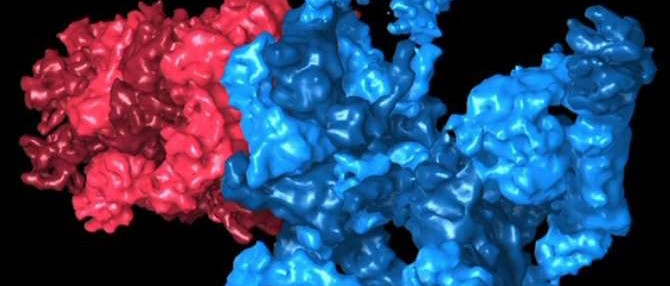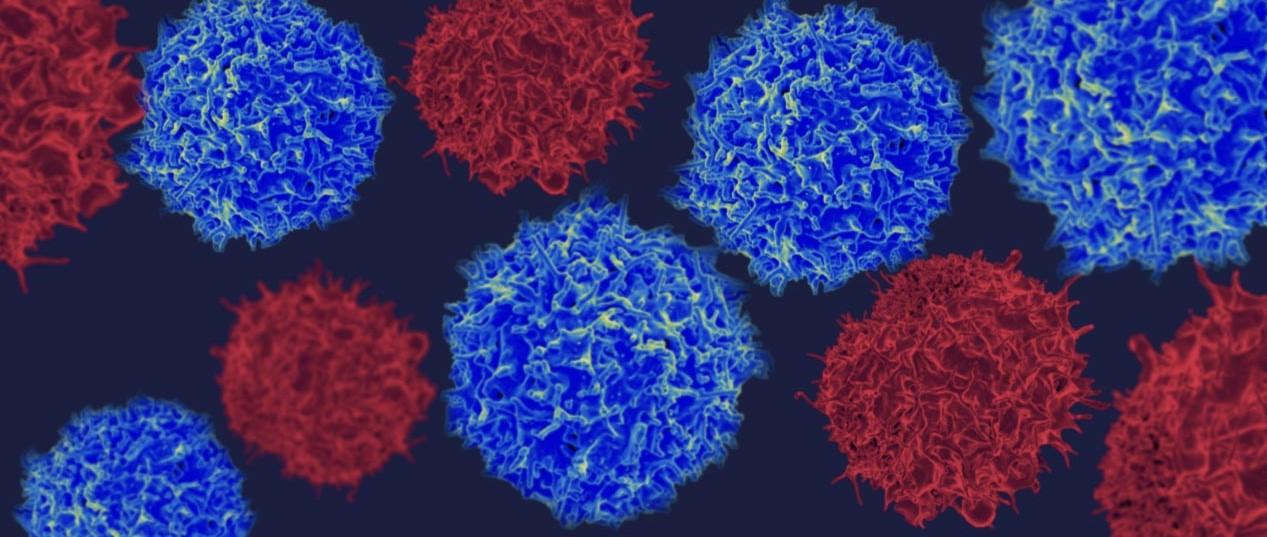The proteasome is a cytosolic molecular machine that recognizes and degrades unneeded or damaged proteins that have been tagged with ubiquitin. A heterohexameric adenosine triphosphatase motor pulls the substrate into the proteolytic chamber, while at the same time, a protein located at the entrance of this motor removes the ubiquitin. De la Peña et al. trapped the substrate inside the motor by inhibiting removal of ubiquitin. This allowed them to determine cryo–electron microscopy structures in the presence of substrate and adenosine triphosphate (ATP). The findings distinguish three sequential conformational states that show how ATP binding, hydrolysis, and phosphate release are coordinated between the six subunits of the motor to cause the conformational changes that translocate the substrate through the proteasome.
Of the four distinct motor states we observed, three apparently represent sequential stages of ATP binding, hydrolysis, and substrate translocation and hence reveal the coordination of individual steps in the ATPase cycle and their mechanochemical coupling with translocation. ATP hydrolysis occurs in the fourth substrate-engaged subunit from the top, concomitantly with exchange of ADP for ATP in the disengaged subunit. The subsequent transition, which is likely triggered by phosphate release from the fourth, posthydrolysis subunit of the staircase, then involves major conformational changes of the entire ATPase hexamer. The bottom ADP-bound subunit is displaced and the previously disengaged subunit binds the substrate at the top of the staircase, while the four engaged subunits move downward as a rigid body and translocate substrate toward the peptidase. Our likely consecutive proteasome conformations, together with previously determined substrate-free structures, suggest a sequential progression of ATPase subunits through the ATP-hydrolysis cycle. We hypothesize that, in general, hexameric AAA+ translocases function by this sequential mechanism.




